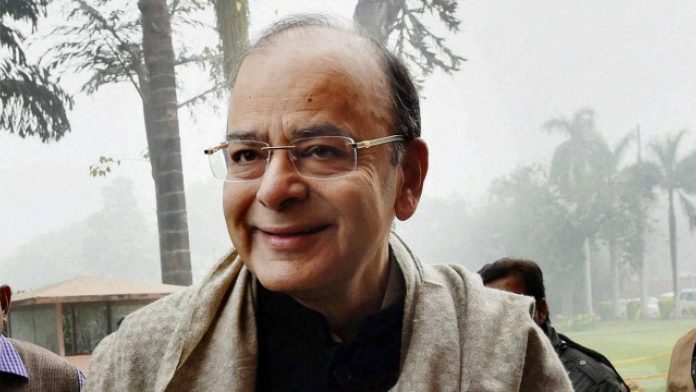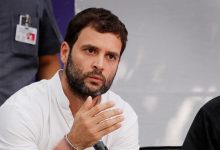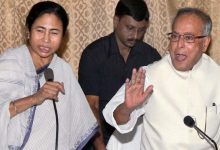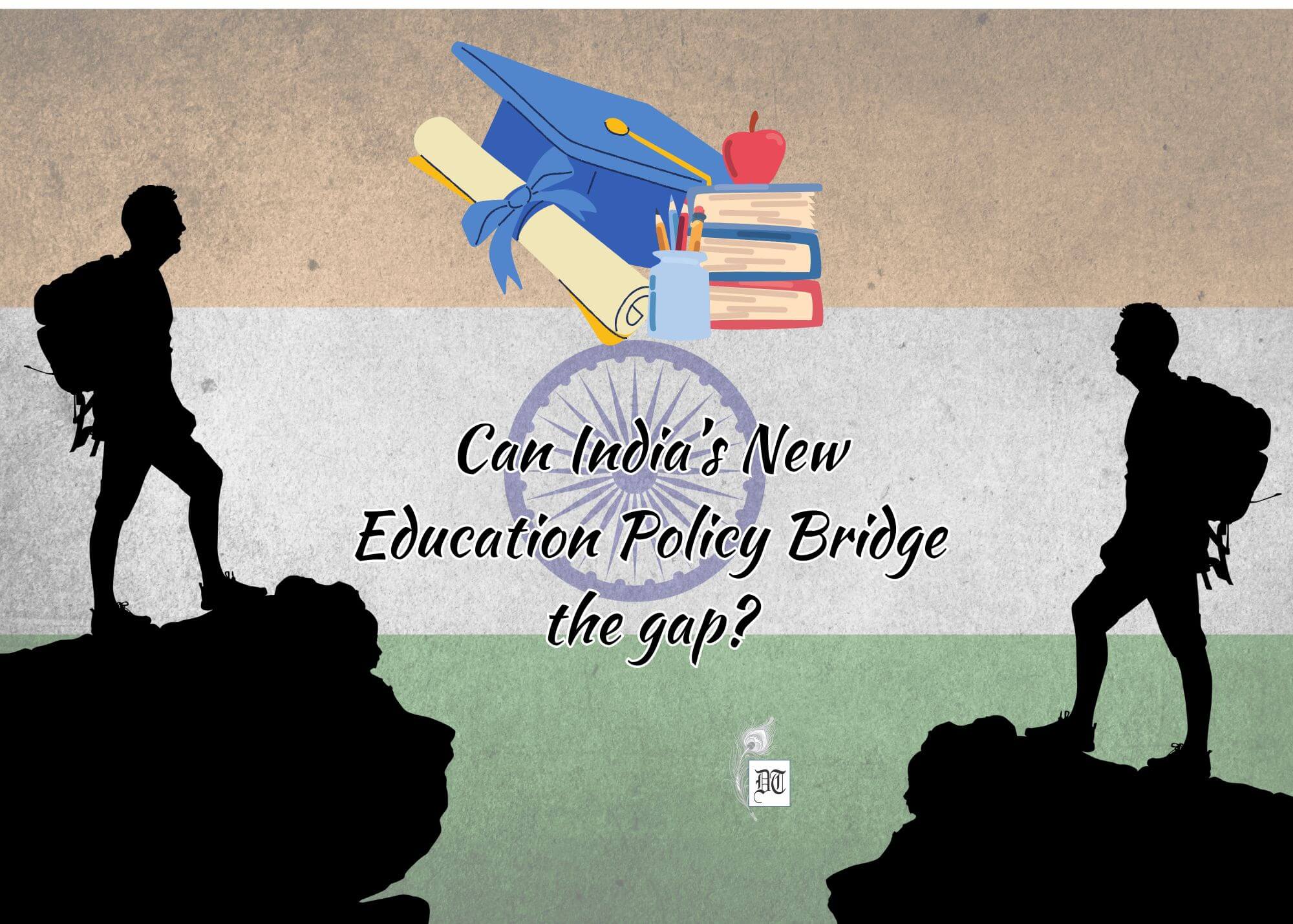Though there is not much of a difference between a dynasty and a single-party supreme leader in terms of his or her writ being run unquestioned, the fact remains that a voluble democracy like ours always throws up puzzling results at the hustings whenever people feel short-changed or betrayed by leaders who promised a lot but delivered precious little in making a qualitative difference to their otherwise morose existence. Inflation, rising crude oil prices and agrarian distress remains by far major challenges now. An analysis, for Different Truths.
For the Modi Government, the celebration of the four years of corruption-free governance with the receipt of the mixed message of the latest batch of by-polls to Lok Sabha and State Assemblies across the nation behind, the crucial final year of its first term is replete with existential challenges on the economic front. Politically, Modi may be invincible in a pole position to lead his party for a second term with the rank and file adoring him as the mascot of the BJP with all the adulations due to a celebrity leader, despite the manifest protests of the party’s elders, who were left high and dry during the last few years. Though there is not much of a difference between a dynasty and a single-party supreme leader in terms of his or her writ being run unquestioned, the fact remains that a voluble democracy like ours always throws up puzzling results at the hustings whenever people feel short-changed or betrayed by leaders who promised a lot but delivered precious little in making a qualitative difference to their otherwise morose existence. Inflation, rising crude oil prices and agrarian distress remains by far major challenges now.
In this context, apart from the domestic rating agencies or a few multilateral institutions, such as the IMF or the World Bank, the assessment of credible inter-governmental think tank of 34 rich industrial countries such as the Paris-based Organization for Economic Cooperation & Development (OECD) always counts and matters. India is also enjoying observer status in OECD. The first NDA government’s tallest leader, Atal Behari Vajpayee, had said way back in 1999-2003 that India would join the league of advanced nations by 2020. It was also significant that during Vajpayee’s tenure India got the observer status in the OECD when Jaswant Singh was the Finance Minister. The digression apart, what the OECD has said in its bi-annual World Economic Outlook of developments in individual OECD and selected non-member economies, the latter include India, matters in terms of where India is perched in its ambitious goal to be an advanced country after a decade and a half of Vajpayee’s assertion.
OECD maintains that India’s economic growth is increasing, making it the fastest-growing G20 economy with investment and exports underpinning and complementing, duly bolstered by the smoother implementation of the new goods and services tax (GST). For a country credited to enjoy demographic dividend of a youthful population, OECD’s observation that job creation in the formal sector to remain sluggish, “leaving the vast majority of workers in low-productivity low-paid activities” meant that there is anything scarcely to cheer up for growth-propelling forces to render the growth engine gain traction. Rightly OECD contended that investing more in education and training, combined with a modernisation of labour laws, would help foster better jobs and render growth more inclusive. It is rather unfortunate that the Modi Government had not improved much on investing in education and training or reforming the arcane labour laws to suit the mundane needs of modern investors or self- employed start-ups. It is one thing to make high-faulting sloganeering on increased focus on imparting skills or reforming labour laws incrementally without giving anything by way of leeway to the employer to make the best use of one of the vital factors of production, i.e., labour in an efficient manner to maximise returns on the scarce capital at exorbitant interest cost in a high-cost economy.
The OECD report, while lauding the number of employees eligible for social security benefits has been boosted by an amnesty scheme for companies, noted that this still stands below 10 percent of total employees. It further pointed out that India’s employment data is partial, which suggests that “overall job creation has been lackluster”. This is a serious indictment on the reporting of labour statistics in the country as recently an unseemly controversy broke out over the alleged creation of seven million jobs in 2017-18 based on payroll data in the organized sector. This was widely criticised and commented upon by independent policy wonks as being innovatively imaginary or imagined conclusion based on extant imperfect data! However, OECD rightly noted that better assessing outcomes, in particular in terms of job creation, would be key to identify best practices and modernisation of laws. Recent initiatives to improve the quality and timeliness of labour data should continue, it said.
The OECD does not indulge in outright animadversion on the Indian economy as it has lauded the country’s overall fiscal stance as “appropriate as India’s public debt is sustainable over the medium term”. But, it hastened to add that “the quality of public finance could be improved and support better inclusive growth if more resources were devoted to health, education and transport”. Rightly does OECD contend that financing better quality public services would demand “broadening the base for property and personal income taxes to raise more tax revenue, securing more fiscal discipline at the state level and better risk management in public enterprises”. While broadening the base for property and personal income taxes would not be an option easily to be embraced by the rightist NDA government as this would hit its vital and vocal support base in terms of electoral capital, the BJP ruling in a majority of states can muster the political will and spunk to get more fiscal discipline at the state level. Again, the advocacy of better risk management in public enterprises needs political will and bold leadership to tame the unbridled satraps of public sector executives and legions of smug employees; this needs to be done concurrently with absolute abnegation of personal interest or favour from public enterprises by the political leadership to invest the management with functional autonomy and accountability to bring about efficient management in place to secure desirable outcome for the weal of all the stakeholders. But this is easier said than done.
As India is suffering from investment famine with private investment in a dormant mode and mood, OECD aptly argued that bringing the banking system back to health is crucial to support the recovery in investment. Recapitalisation of public sector banks is supporting loan revival and recent steps to speed up the recognition of stressed assets would help improve the resolution of non-performing advances (assets!-the NPAs) which are large by global norms. It noted that reforms to improve the bank governance are also needed to avoid a new build-up of NPAs. Better safeguarding the interests of minority shareholders would put pressure on banks to take more prudent and independent decisions, while better risk management and auditing in public sector banks would contribute to the quality of banks’ portfolio. It suggests that public sector banks should be given the ability to attract and retain talents, including through more elbowroom in setting employee compensation. These are nothing dramatic or not thought through by domestic economists and their innumerable ilk but the progress in taking action in this direction remains glacial and guarded by the authorities.
With time running out for the incumbent government as it must perforce have to seek renewed mandate before long, it is time the political leadership focused its attention on core economic agenda sans diluting its energy and efforts in the absurd political theatres to score brownie points over its scattered opponents, who were yet to find their feet from the debacle of 2014, notwithstanding their new-fangled zeal to put up a combined fight against the NDA!
G.Srinivasan
©IPA Service
Photo from the Internet





 By
By

 By
By